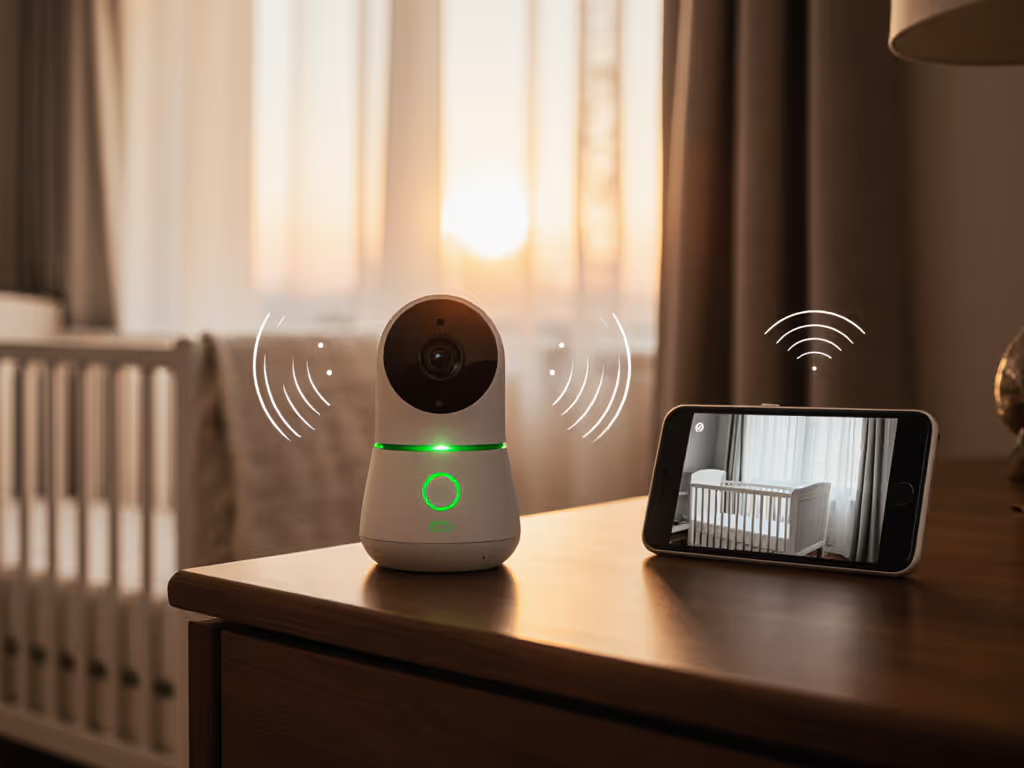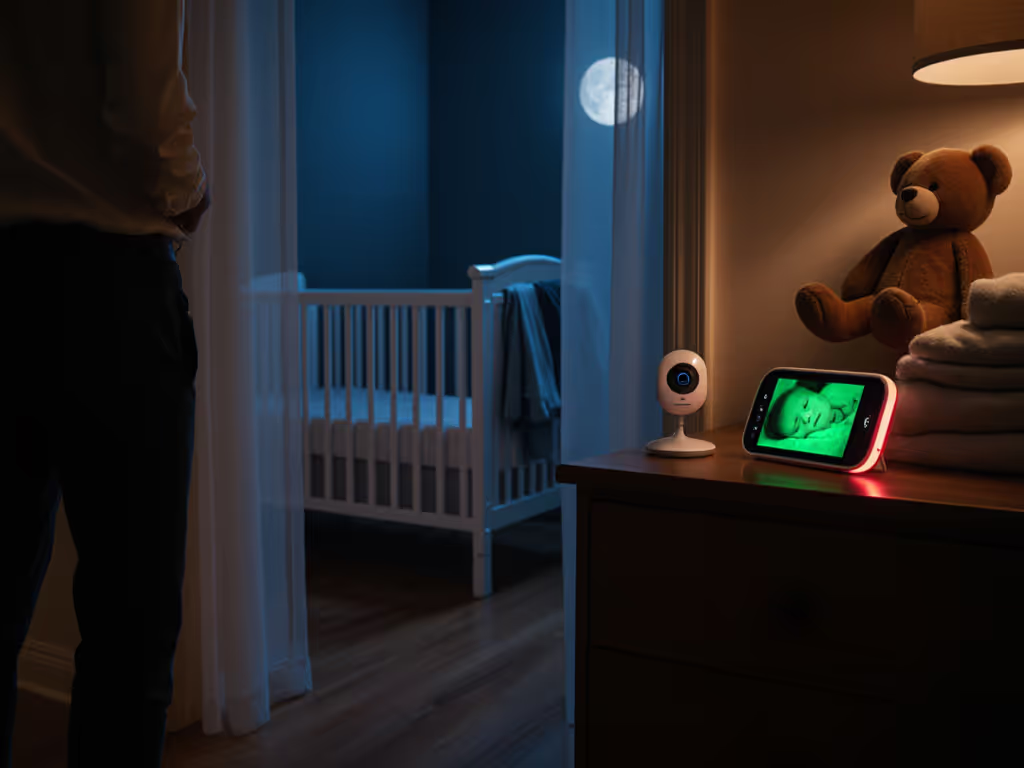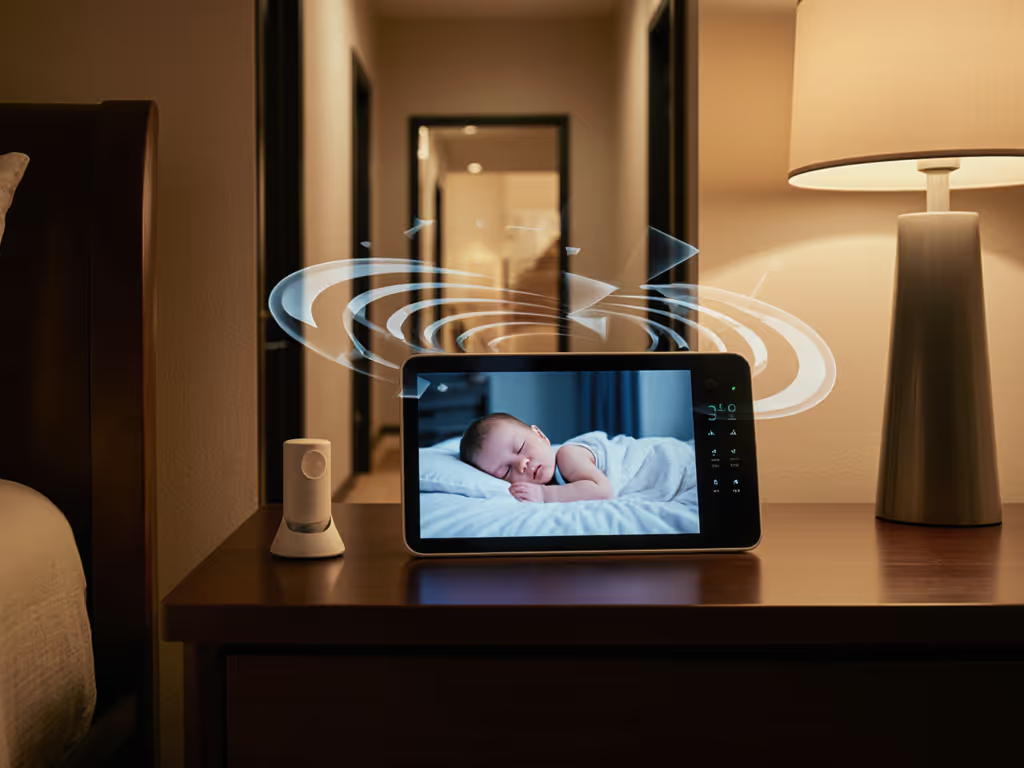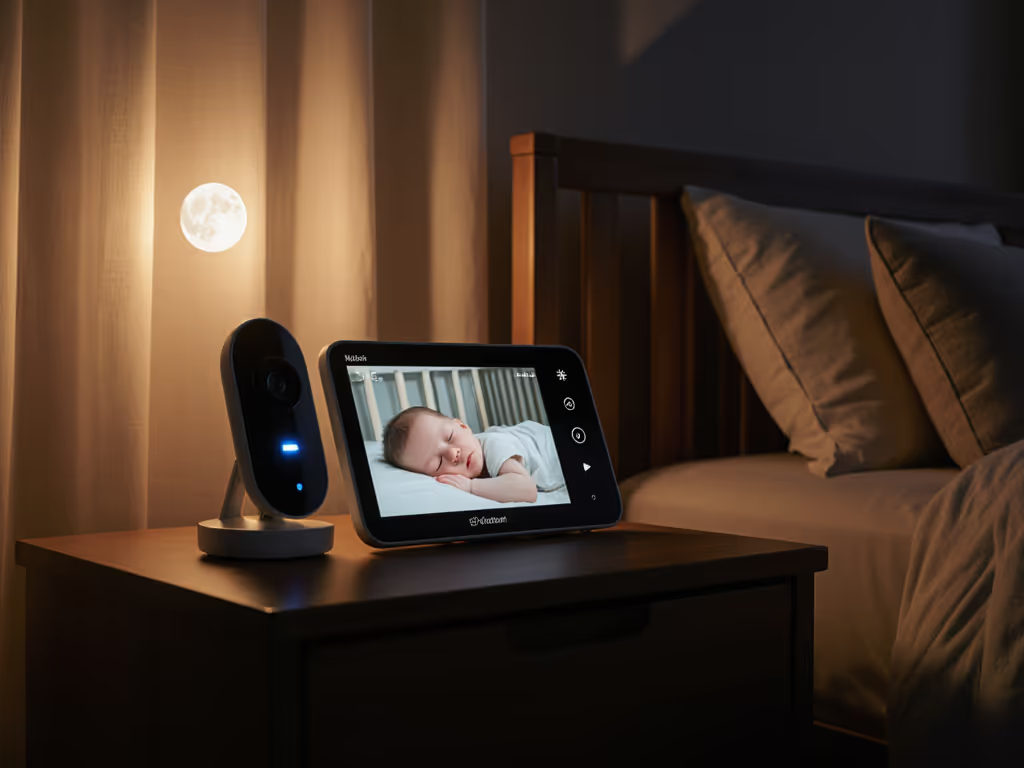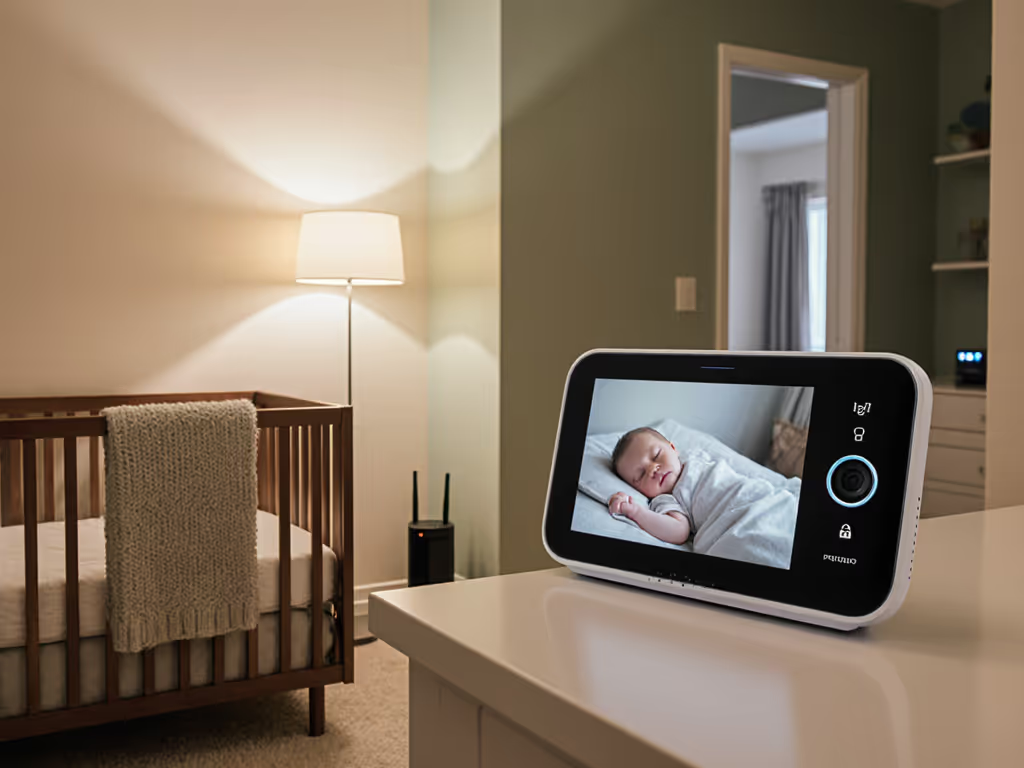You're frozen in the hallway at 2 a.m., straining to hear breaths through the monitor's audio-only mode. Is that a cry or just a sigh? That's when baby monitor night vision becomes non-negotiable, yet most systems fail the critical test: showing subtle breathing movements in pitch black. Understanding how night vision works and how baby monitor tech actually operates, not the marketing gloss, is your first line of defense against panic and privacy leaks. Let's dissect what matters when darkness falls.
The Infrared Illusion: Beyond 'HD Night Vision' Labels
How IR Should Work (And Why It Often Doesn't)
Every "night vision" baby monitor uses infrared (IR) light, invisible to humans but detectable by camera sensors. Here's the unvarnished physics:
- Near-IR wavelengths (700-1000 nm) gently flood the room via LEDs around the camera lens
- CMOS sensors convert reflected IR into grayscale images (colors don't exist in IR)
- No ambient light needed (unlike "low-light" cameras that amplify existing photons)
But here's where specs lie: A monitor advertising "10 m night vision" might clearly show your baby's silhouette... yet utterly miss chest rise due to:
- IR washout from reflective crib bumpers or white walls
- Low sensor sensitivity failing to capture subtle movement
- Overly aggressive noise reduction smearing delicate motions
Real-world verification: Point your phone camera at the baby unit in dark mode. If you see glowing red dots (IR LEDs), it's active IR. No dots? It's likely a low-light camera, useless in true darkness. An infrared baby camera must prove it projects light, not just claims "night vision".
Breathing Detection: The Make-or-Break Threshold
Seeing breathing isn't about resolution, it's about motion delta. Clinical studies show: Chest movement during infant breathing averages 3-5 mm. Most monitors miss this because:
- Frame rates drop at night (from 30 fps to 10 fps to save power), blurring micro-motions
- Digital zoom magnifies graininess, making breathing undetectable beyond 4x
- Firmware smooths "noise", including vital respiratory motion
Critical test: In total darkness, place a tissue on your sleeping baby's chest. Does the monitor show any ripple? If not, it's worthless for breathing checks. Many parents don't realize their "HD night vision" is digitally faking clarity, hence the night vision quality comparison trap.
Privacy in the Dark: What Your Monitor Really Transmits
That 3 a.m. panic? It's amplified when your monitor's "silent" IR mode secretly phones home. I've seen metadata streams (timestamps, signal strength, device IDs) leaving networks at odd hours, even when no one was viewing the feed. If it phones home, it needs a very good reason. Cloud-dependent systems compound risks: For concrete steps to lock this down, see our WiFi baby monitor security guide.
Three Hidden Data Flows in "Secure" Night Vision
-
Metadata leakage
Even with E2EE, non-encrypted metadata ("camera active at 3:17 am") reveals sleep patterns. Demand local metadata handling (no analytics pinging servers).
-
Firmware policy gaps
Does the manual state when IR LEDs activate? Some cloud systems fire them during "diagnostic checks," broadcasting your baby's room layout to servers. Verify firmware policy checks for IR control.
-
Audio/video processing offloading
"Breathing detection" features often require cloud AI. If your monitor claims "breathing alerts" without local processing, your video is leaving the home. Audit data flow diagrams in privacy policies.
${PRODUCT_FEATURE_BOX(
